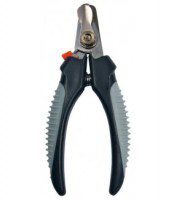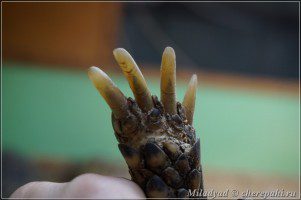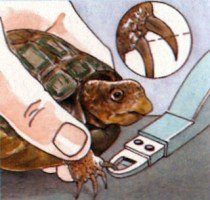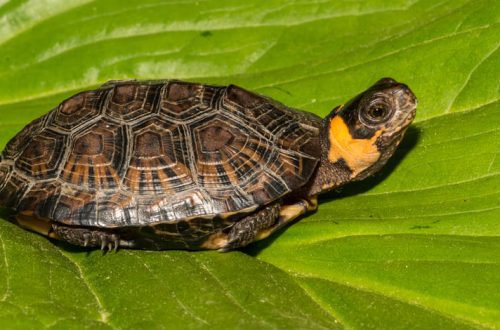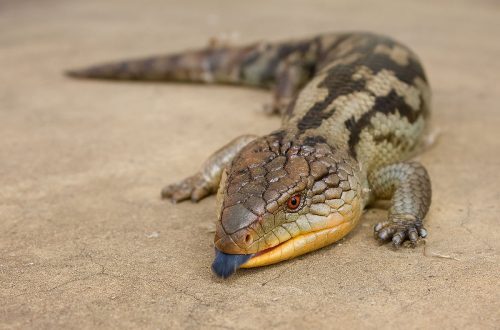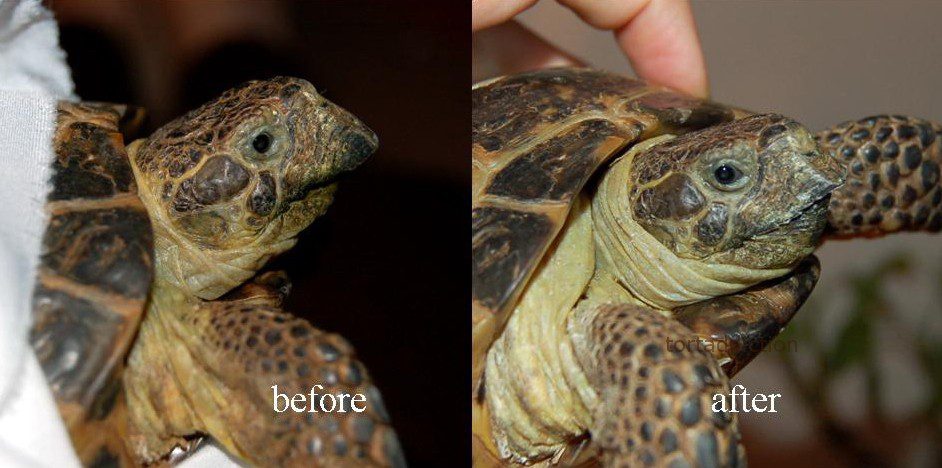
Trimming the claws and beak of a turtle
In nature and when properly kept in captivity, the turtle grinds its beak and claws on its own. But, when the turtle is fed soft food with a lot of protein and kept on soft ground (sawdust, hay), then the claws and beak grow beyond measure, and they must be trimmed. Also, excessive beak growth may indicate a lack of vitamins and calcium in the feed.
Remember that aquatic turtles almost never need to trim anything! They even have very long claws. In aquatic turtles, claws are used to tear apart food, and in male red-eared turtles, they are a secondary sexual characteristic.
Land and semi-aquatic turtles need to cut their claws and beak only when the claws prevent the turtle from moving, and the beak interferes with normal eating.
excess horn beak it is necessary not to cut off, but to break off or “bite off” along the edges with a powerful tool (nippers, Luer tongs). In this case, the excess material breaks off, exposing the normal serrated edge of the beak, which can then be trimmed with a file. After trimming the beak, the jaws should close and there should be no blood! Otherwise, your turtle has an overbite. For any injury during a haircut, contact your veterinarian-herpetologist.
If it is clear that the beak will not close after shearing, it is better not to completely cut off the excess stratum corneum.
The species Cuora mouhotii has a special hook on the upper jaw, thanks to which they can climb stones. It cannot be cut off.
If the turtle accidentally broke off part of the beak or you cut off the excess, then you need to see if this will prevent the turtle from eating. If the beak is long and part of the beak is broken off, it is recommended to cut the rest of the beak to straighten it. If the beak is curved and short, and it is difficult for the turtle to eat without a broken piece, then it is better to contact a herpetologist veterinarian to examine the turtle. The veterinarian may try to grow the beak artificially or leave it as is until the beak grows back.
Claws it is necessary to cut or file periodically for land and semi-aquatic turtles. You can cut it with any nail scissors and even wire cutters (depending on the size of the turtle). It is necessary to cut off only the keratinized parts in which blood vessels do not pass (this can be seen through the light: lighter parts can be cut, darker ones cannot). If bleeding occurs, the wound should be blotted with a cotton swab or cotton pad with hydrogen peroxide, or the tip of the claw can be dipped in potassium permanganate.
If you are unable to trim your turtle’s nails or beak, see a veterinarian who can help you with this.
